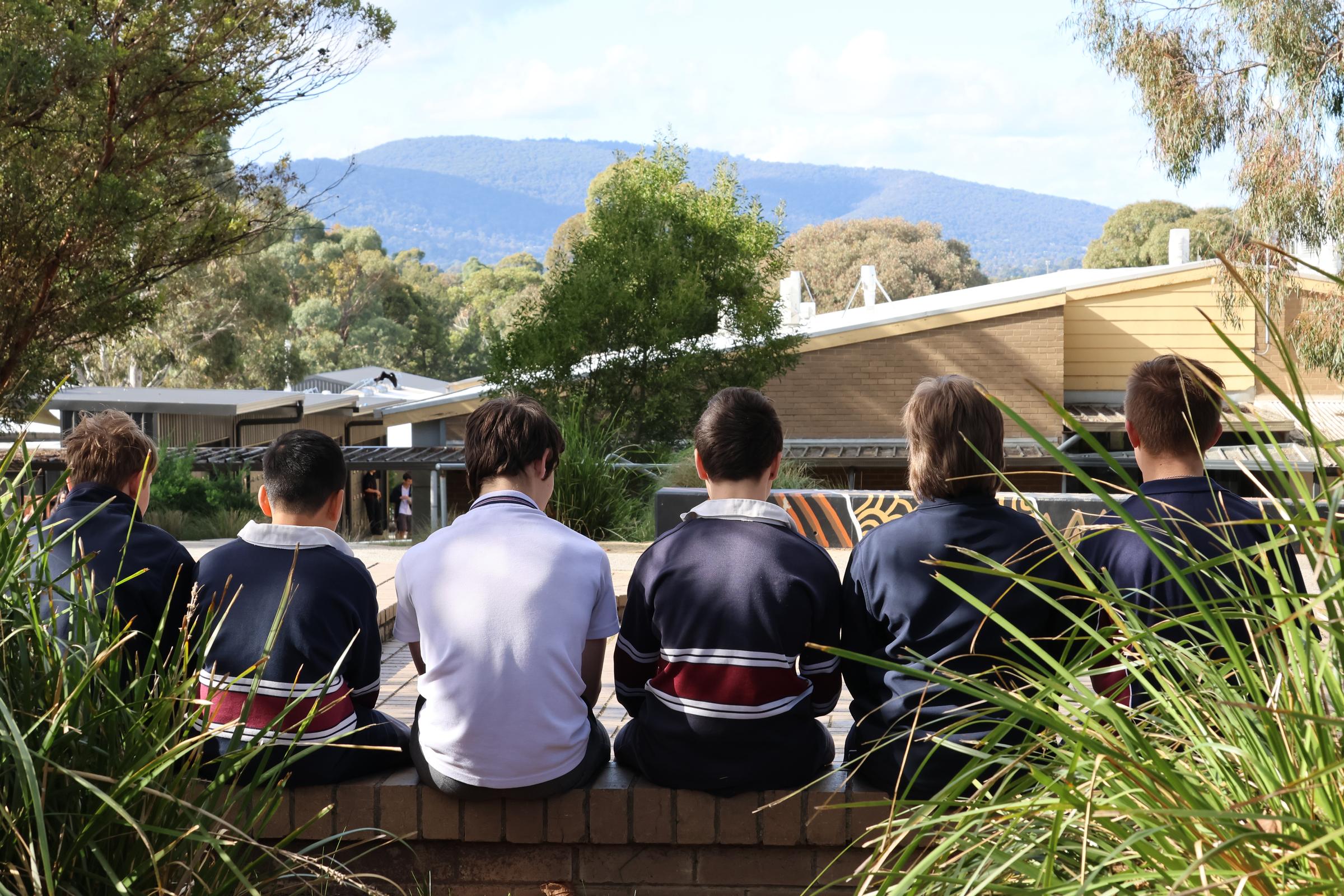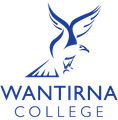Learning & Teaching

Learning Walks & Teacher Professional Learning
Students may have noticed an increased presence of school leaders in their classrooms this term. This is because the leadership team, including all the Principal team have been out and about conducting learning walks. A learning walk is a short and unobtrusive visit into a classroom to observe teaching and learning. They assist leaders to understand how the strategies teachers use impact on student engagement, behaviour and learning. They help us track the impact of teacher professional development.
Our teachers have been working to practice, implement and perfect strategies such as, calling students to attention, learning routines, using voice control, pausing and scanning for student participation. Students may have also noticed teachers trying these new approaches or reinvigorating existing practices, designed to create calmer and more productive classrooms.
Our teachers meet weekly in small professional learning groups to learn and demonstrate these new techniques, in addition to sharing videos of their teaching practice with their colleagues for feedback. After just three sessions and two weeks into this work, there is momentum and collective motivation to improve the quality of learning and teaching across the college because we know that every student at Wantirna College deserves the highest quality education.
Exploring AI in the Classroom: Opportunities & Considerations
Artificial Intelligence (AI) generative tools, such as ChatGPT, are becoming increasingly common in education, offering students new ways to learn, create, and explore ideas. They also offer teachers ways to generate lesson ideas and draft content for lesson plans. These tools can help students brainstorm, write drafts, summarise texts, practise different writing styles, and even generate code.
Used responsibly, AI can support students to build skills that are essential in the modern world and when used thoughtfully they can enhance learning experiences and better prepare students for future study and careers.
We also know that there are inherent risks associated with AI technology. Over-reliance on AI can hinder the development of critical thinking, creativity, and original expression if students use it as a shortcut rather than a support tool. Additionally, AI-generated content isn’t always accurate or appropriate and can reflect bias or misinformation.
That’s why we are working on an AI policy to support teachers and students understand how to use these tools ethically and thoughtfully—just as they would any other resource. The policy is developed with reference to the Department of Education guidance and includes advice and directions for teachers and students about when it is appropriate to use or not to use technology, and under what conditions.
Inappropriate & Unwanted Sexualised Behaviours
It can be difficult for students to know what types of behaviours are appropriate and inappropriate when interacting with peers, especially when relationships become more serious and familiar. In recent months more students have come forward to report that they have been the recipient of unwanted and inappropriate messages, comments and behaviours of a sexual nature from friends and peers.
At best, students involved are unaware of their legal and ethical responsibilities and at worst they knowingly engage in this type of behaviours. Too often this type of behaviours is passed off as a harmless joke or banter, however the implications can be lasting for recipients / victims and the perpetrators.
We encourage parents to have open, age-appropriate conversations with their children about healthy relationships, respect, and the consequences of inappropriate behaviour. It’s important that parents and carers understand the legal and ethical responsibilities regarding sexually inappropriate behaviour and sexual harassment.
1. Sexual harassment is unwelcome or unwanted sexual behaviour. This includes anything that makes you or another person feel uncomfortable, offended, intimidated or humiliated. It is against the law when it occurs in employment and in other areas of public life. Sexual harassment can be physical, verbal, written or other conduct. It can be a single incident, or repeated behaviour. It can include (from Legal Aid Victoria):
pictures or photos
comments
emails or social media like Facebook or TikTok
suggestive behaviour
physical acts, such as deliberately brushing up against someone
requests for dates
unwanted sexual touching
staring
wolf-whistling
dirty jokes
requests for sex.
2. Sexting - Taking, sharing, or possessing sexual images of anyone under 18 (including selfies) is considered child abuse material under the law, even if both people consented. This can lead to serious criminal charges.
3. Sexual Consent - Any type activities involving sexual touching requires willing participation and affirmative consent. The law is very clear consent must always be mutual, enthusiastic, ongoing and informed. The legal age requirements to engage in sexual activities in Victoria can be explored here. Check your understanding about consent here.
All students have the right to learn in a safe environment, free from unwanted and inappropriate behaviour. Understanding and respecting personal boundaries is not only and ethical matter, but a fundamental part of the law and our school values. As a school, we teach students about respectful relationships, consent, and digital safety through our curriculum and wellbeing programs. However, these messages are most effective when reinforced at home.
By working together, we can help our young people grow into respectful, responsible citizens who understand the importance of empathy, accountability, and the law.
Natalie Manser
Assistant Principal
mar@wantirnacollege.vic.gov.au
